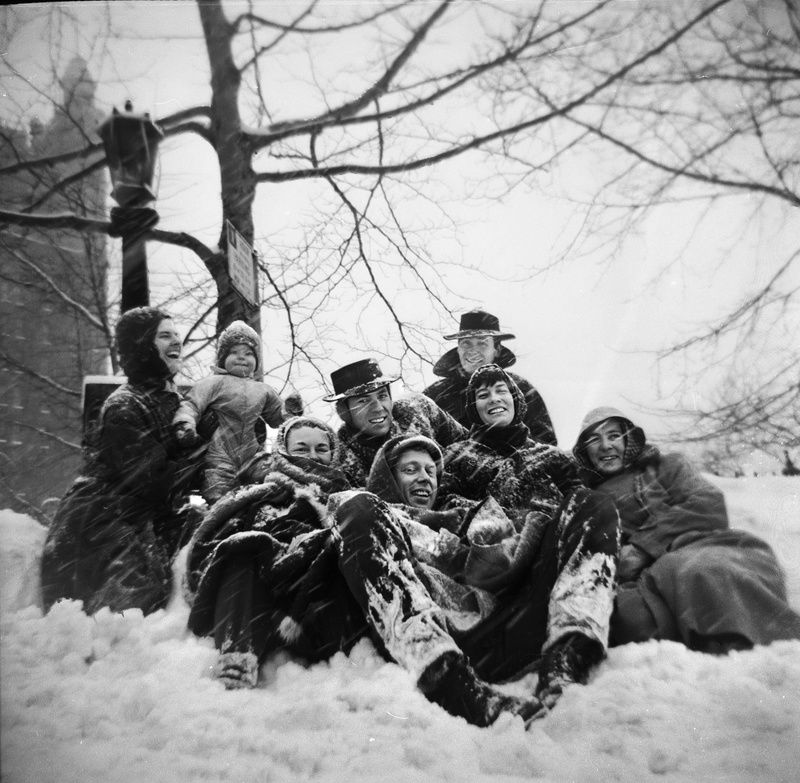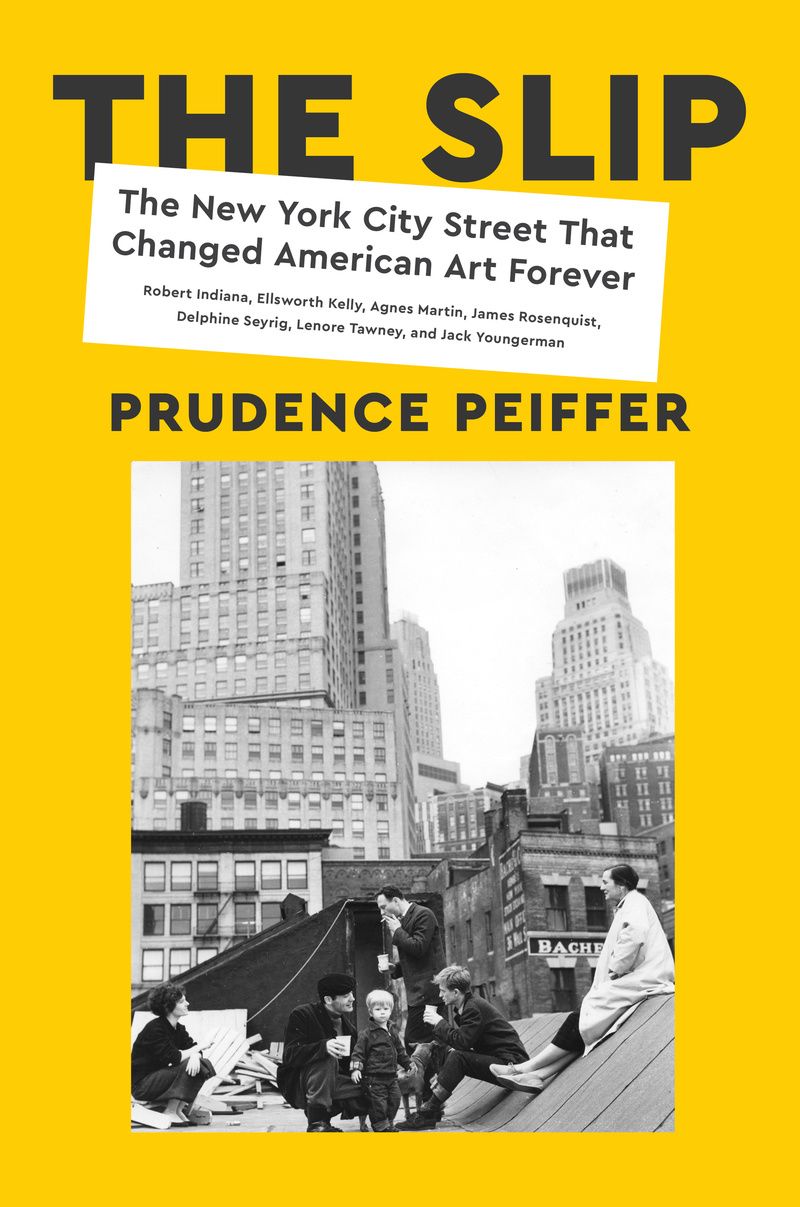Last Chance to Catch NYC's Holiday Notalgia Train
We met the voices of the NYC subway on our nostalgia ride this weekend!


In her forthcoming book The Slip: The New York City Street That Changed American Art Forever, art historian and critic Prudence Peiffer poses the question, “…what if we thought about groups in art history based instead on shared places? What if, rather than technique or style, it’s a spirit of place that defines a crucial moment?” The place she explores within the pages is Coenties Slip, a Manhattan street that was once a colonial Dutch port. In our upcoming live virtual talk with Peiffer on August 19th, she’ll reveal how this place on the east side of lower Manhattan changed the course of art history.

Not an Insider yet? Become a member today and get your first month free with code JOINUS.
In this talk, Prudence Peiffer will give a whirlwind history of Coenties Slip, one of the oldest streets in New York City and the unlikely home of a group of artists in the 1950s and ’60s. Those artists–Robert Indiana, Ellsworth Kelly, Agnes Martin, James Rosenquist, Delphine Seyrig, Lenore Tawney, and Jack Youngerman–were just at the beginning of their careers when they moved into illegal nineteenth-century sail-making lofts in an out-of-the-way corner of Manhattan, but their artistic breakthroughs there would go on to change art.

Despite Coenties Slip’s obscurity, an entire history of the city was inscribed into its cobblestones: from the enslaved people who built it to the home for sailors with a lighthouse dedicated to the Titanic, from seventeenth-century Dutch settlers to Herman Melville’s Moby Dick, from ducking stools for dunking unrestrained “ladies” in the East River to Harry Houdini embarking from its pier to perform a major escape stunt, from George Washington to Khrushchev to the downtown development battles of Jane Jacobs and Robert Moses. Building on her book The Slip, just out from Harper, Peiffer will talk about the art made at the Slip from the wreckage of the city’s many former lives, and how we are shaped by our environment and how it in turn shapes our work.
Next, check out The Hidden History of 15 NYC Street Names
Subscribe to our newsletter